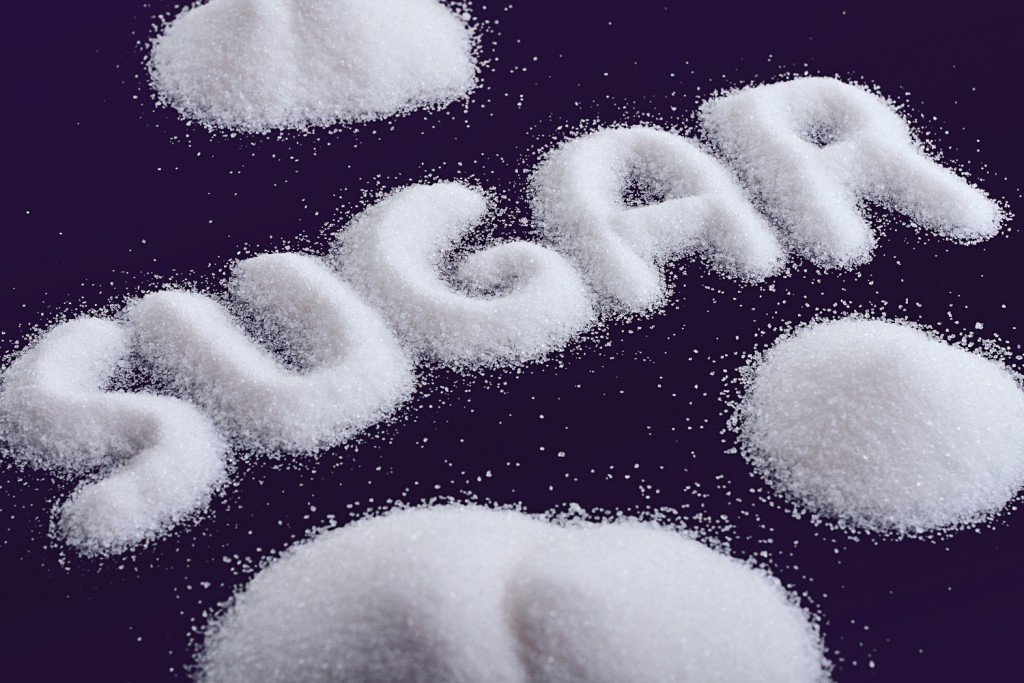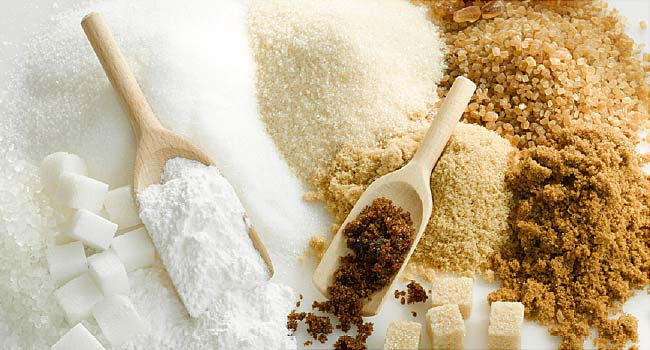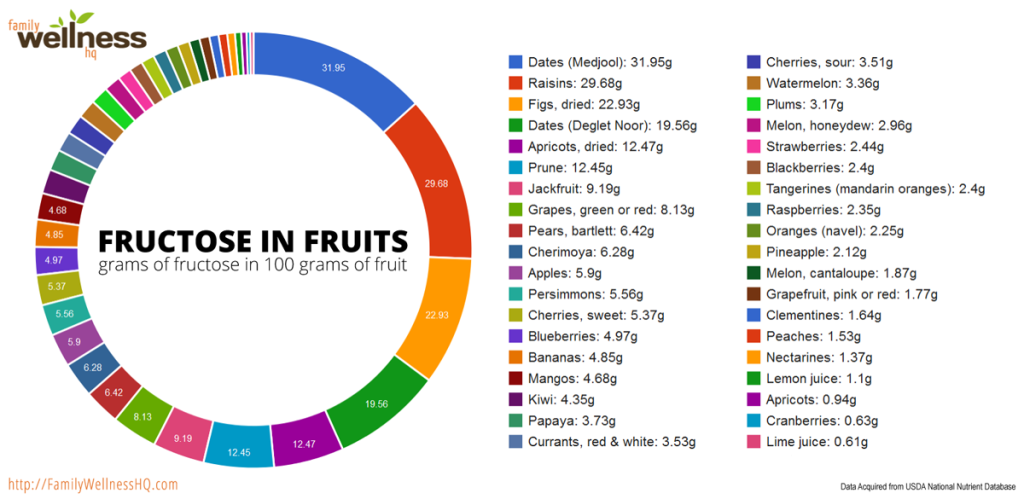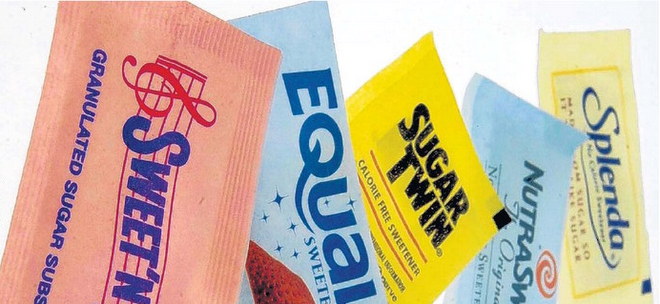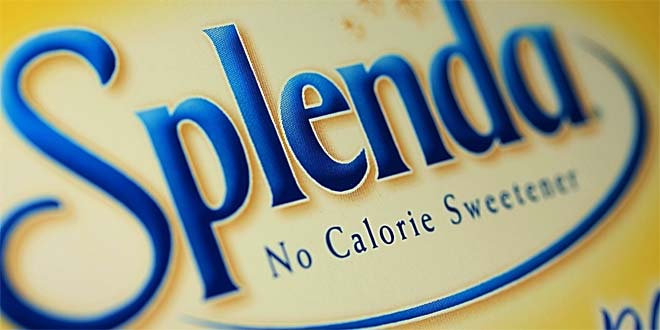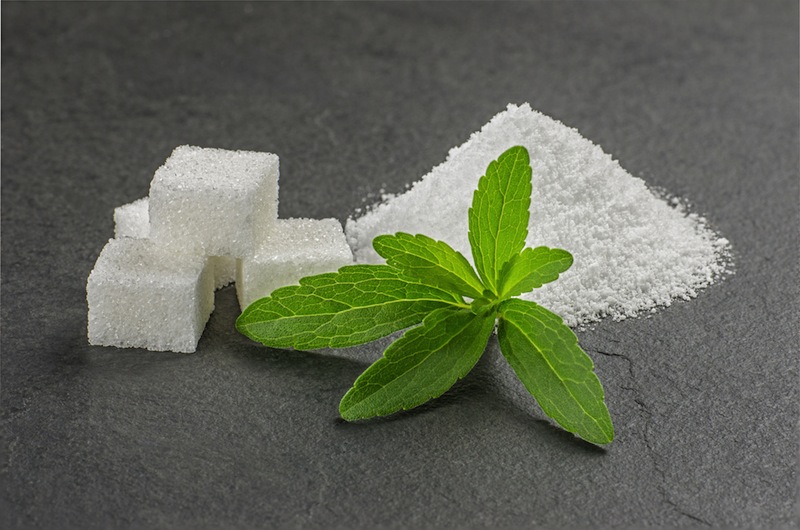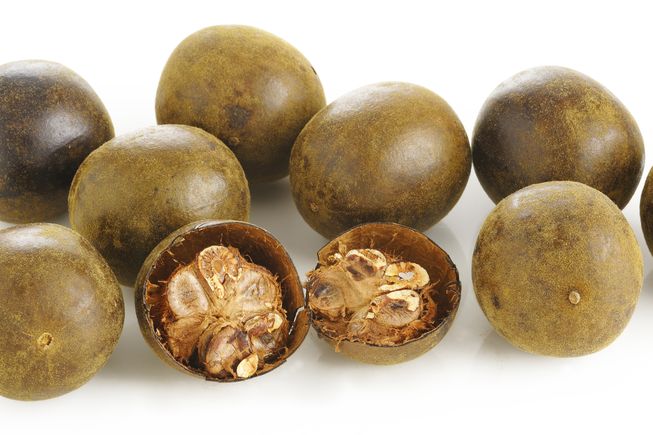The Sugar Dilemma; Real or Substitutes?
Diet August 30, 2025 Damon Mitchell
As a confessed sugarholic (joking) I’ve been around the sweetness horn. When I was a kid, my mother wouldn’t buy artificially sweetened cereals because they were not healthy. She did, however, allow my older brother and me to sugar-coat our Wheat Chex. I would coat that stuff like snowfall, sometimes reapplying as I dug down.
In case your hackles are up, this is not another article about the poison we call “sugar.” Also, despite that intro, we will try not confuse addiction to substances with that of sugar. I see why some make that connection, but substance abuse and sugar abuse are two different balls of wax. We will, however, get a little personal.
First, I’ve categorized sweeteners into three groups, the way that I’ve experienced them. I’ll talk a little bit about them, then what I’ve found using them.
The Sugars
Calories per gram: 4
Risks: Obesity, heart disease, diabetes, and increases the speed of cancer.
Examples: Sucrose, HFSC, Agave Syrup, Honey
Sugar or sucrose, my old cereal companion, sure gets a bad name these days, but is it really all that bad?
Consumption of what is commonly known as sugar, the harvested granules from the sugarcane plant, predates recorded history. We know it came from Asia, in the Indian subcontinent, but that’s about it. Prior to that, fruits were the only source of sweetness humans enjoyed, in the form of fructose.
The differences between sucrose and fructose are very few. Per serving the calories are the same. The way the human body responds, variant to individuals, is generally the same.
Fruit, however, gets a point on sucrose as it delivers its sugars with a dose of fiber. Due to this, a serving of fruit versus a serving of sugar-sweetened treat is often fewer calories.
When fructose is processed out of fruit, as in High Fructose Corn Syrup (HFCS) or Agave Syrup, the best part of how fruit delivers its sugars is eliminated. In these cases, fructose is no longer sucrose’s healthier cousin.
In fact, a spoonful of HFCS or Agave syrup will be denser in calories than the equivalent scoop of sucrose. Sorry to report, but I found honey also falls into this same category.
After college, in order to lean out, I started cutting sugar sources or substituting. I tried the pink packets, the blue packets with every incarnation in between. By the late 90’s I found Splenda, using it exclusively until the same thing happened.
I went from a light dusting of Splenda to piling it on. Shamelessly, I would dump six packets into my Starbuck’s Venti coffee every day because it was healthier.
The Substitutes
Calories per gram: 0
Risks: Cancerous? Gut Biome
Examples: Aspartame, Saccharin, Sucralose
For people who are diabetic, sugar substitutes brought back the option of dessert with dinner. For dieters, substitutes meant they could eat low-calorie options, feeling less guilt, possibly sticking to their weight loss goals.
Sugar substitutes have been the target of much vitriol, including the condemnation that they would cause cancer. This was due to some initial research with lab rats that did not prove to affect humans in the same way.
Saccharine was first manufactured in 1879, sold mostly as Sweet & Low but in 1965 Aspartame came onto the scene. It would be popularized as Equal. Despite not tasting exactly like sugar, marketed at dieters for the zero calories part of the equation, these two cornered the market.
That was until Sucralose (sold as Splenda) was introduced.
Substitutes have beaten back most every attack, but more recently they come under new scrutiny. There may be sufficient evidence that substitutes disrupt the human gut biome. In short, your digestive track is an ecosystem of bacteria, all geared towards helping your digestive process function correctly.
Killing bacteria is the microscopic equivalent of hunting wolves to near-extinction. In the wake of this, deer populations explode, requiring human intervention.
The effect in the body is a similar disruption to the natural order of things. Some have gone on to correlate this with the obesity epidemic, citing that substitute users are more likely to be overweight. This may or may not be true.
If you’re like me, you’ve considered the natural substitutes…
The Natural Alternatives
Calories per gram: 0
Risks: Damage to the gut biome
Examples: Stevia, Monk fruit
What exactly is considered natural is debated. Some would argue that refined sugar is not, that it’s processed. Agave Syrup marketers want you to think their product is all natural. Heck, it sounds natural. Honey could go here, but it’s really more like sugar than we want to admit.
The truth is they are all not-so-natural in the sense that you couldn’t wander through the forest and pluck them from trees.
To further complicate things, Stevia is sold is more like it’s less organic brethren, as a table substitute. Reason being? It’s zero calories. They want the same market share, the diabetics, and the dieters. The tragic news about Stevia is that it may not play nice with the gut biome either.
What you may not have yet heard of is Monk Fruit. Monk Fruit, as a sugar substitute, is making it’s way to the Americas from Asia, where it was first popularized. So far Monk Fruit seems not to cause problems with the gut biome. At zero calories, Monk Fruit may be the hottest thing in sugar substitutes.
I haven’t tried it yet, but I don’t know if I will bother. The question I have to ask is why do I need sugar in my life so much? I know why I’m drawn to sweetness. Sugar is yummy. Why am I working overtime to find a workaround?
At the risk of confusing matters, I like David L. Katz advice, that we rehabilitate our taste buds to appreciate less sweetness. To this end, I’ve stopped sweetening my coffee. It’s been six months. So far, the sun still rises.
What we have to understand about sugar, whether it’s the real stuff or the fakers, is humans consume increasingly more all the time. No other animal does this, not even monkeys.
Perhaps it’s time we stop trying to outsmart ourselves. Maybe a little sugar rehab is in order.
